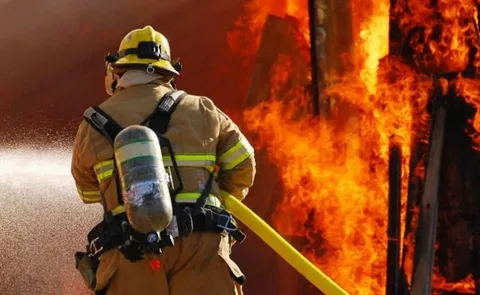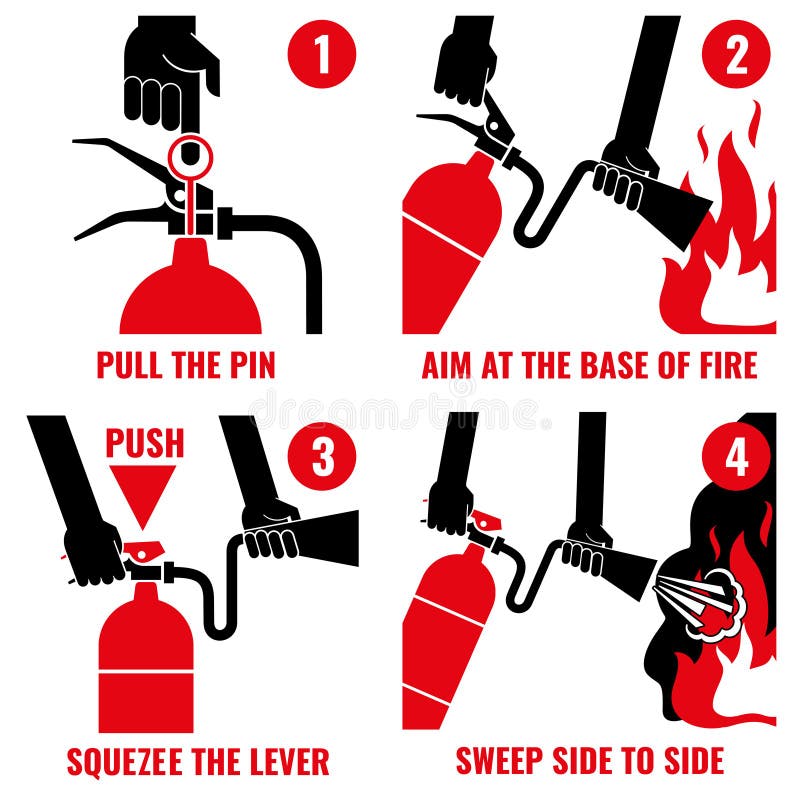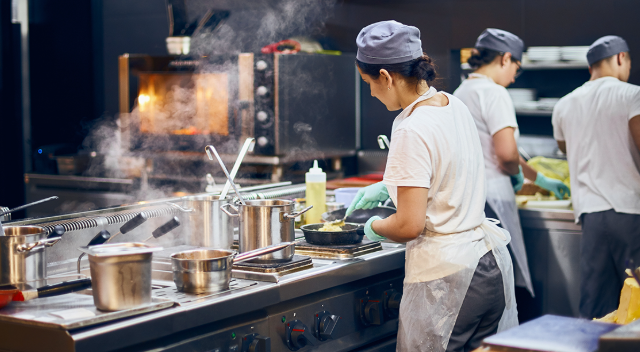Fire safety is very important for keeping people and property safe from fire dangers. Knowing how fires start and spread can help everyone prevent them. One key idea in fire safety is the fire tetrahedron. This model shows the four essential parts needed to keep a fire going, which can help people and businesses create better fire prevention plans.
The fire tetrahedron includes heat, fuel, oxygen, and a chemical chain reaction. Each part plays a vital role in how fire behaves. By learning about these components, you can manage fire risks better and create safer places. Whether you want to improve safety at home or make sure your business follows the rules, understanding the fire tetrahedron is very important for effective fire protection.
Understanding Fire Tetrahedron Components
The fire tetrahedron helps us understand fire safety better. By looking closely at each part, we can learn how to handle fire risks effectively.
-
The Importance of Fire Safety
Using fire safety measures is not just about following rules; it’s about protecting lives. Knowing the components of the fire tetrahedron is a key step in creating a safe environment for everyone.
-
Heat
Heat is the first part of the fire tetrahedron. It is the energy needed to start and keep a fire burning. There are different sources of heat, including:
- Open flames: Things like matches, lighters, or candles can easily ignite nearby materials.
- Electrical equipment: Old or overloaded wiring can create sparks that start fires.
- Chemical reactions: Some materials can produce heat through chemical Suppression System .
Managing heat sources is very important for fire prevention. For example, keeping electrical equipment in good shape and avoiding clutter around heat sources can help reduce fire risks. Using heat-resistant materials in buildings can also provide extra protection. Understanding how heat relates to fire is essential for anyone interested in fire safety.
-
Fuel
The second part of the fire tetrahedron is fuel. Fuel means any material that can burn, and it comes in three main types:
- Solid fuels: This includes things like wood, paper, and cloth.
- Liquid fuels: Common examples are gasoline and oil.
- Gaseous fuels: This includes propane and natural gas.
Properly storing and managing flammable materials is key to fire prevention. For example, keep liquids in safe containers and away from heat to prevent fires. Regularly checking storage areas for potential hazards can also help. Having a commercial fire extinguisher factor is a smart way to handle small fires before they become big problems. Additionally, teaching staff about safe fuel management can improve safety in workplaces.
-
Oxygen
Oxygen is the third part of the fire tetrahedron. Fire needs a certain amount of oxygen to start and keep burning. Usually, fires need at least 16% oxygen in the air, while regular air has about 21%. Sources of oxygen include:
- Air: The most common source, found all around us.
- Oxygen tanks: Often used in hospitals or industries.
Controlling oxygen levels can help put out fires. Fire extinguishers work by reducing the amount of oxygen around a fire, which stops it from burning. It’s also a good idea to ensure proper airflow in areas where flammable materials are kept. Having emergency exit lights with battery backup can provide necessary light during an emergency, helping people find their way out safely. Regular inspections of ventilation systems can also help prevent potential fire hazards.
Chemical Chain Reaction
The fourth component of the fire tetrahedron is the chemical chain reaction. This describes what happens once a fire starts, allowing it to spread. Key elements include:
- Combustion: This is the reaction between fuel and oxygen that produces heat and light.
- Free radicals: These are tiny, reactive particles produced during combustion that can help the fire grow.
Stopping this chain reaction is important for putting out fires. Using an aerosol fire suppression system can interrupt these reactions, making it a useful tool for controlling fires in sensitive areas like server rooms or electrical rooms. Regular training on fire suppression techniques for employees can also improve safety in the workplace.
Understanding Fire Safety for Better Protection
The four components of the fire tetrahedron: heat, fuel, oxygen, and the chemical chain reaction are essential for understanding how fires start and spread. Knowing these parts is important for anyone focused on fire safety and prevention.
If you need help with fire protection services, N8 Fire & Safety is here for you. Our team can assist with fire extinguisher inspections, fire alarm installations, and more. We also offer training programs to educate your staff about fire safety practices. Contact us today to learn how we can help keep your property safe and compliant with fire safety standards!






